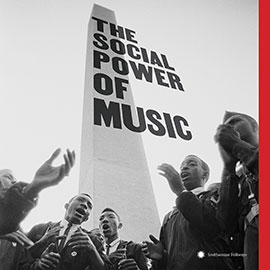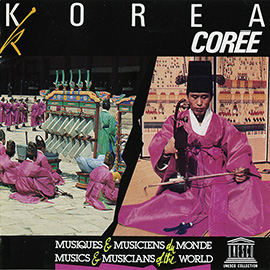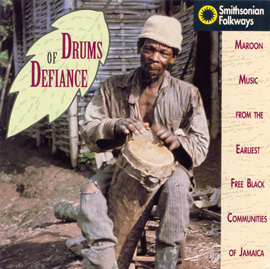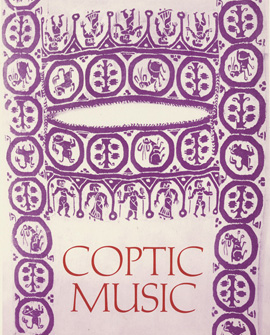
Summary
In this lesson, students will develop an understanding of the mode of Namdo Korean folksongs, as well as the call-and-response musical form. To illustrate these features, this lesson focuses on the 5,000 year-old Korean dance known as "Ganggangsullae" ("Kang-Kang-Soo-Woo-Nae"). This dance is typically performed by women under the full moon, and it incorporates singing, dancing, and playing. Within the cultural unit are various activities such as drawing, exercising melodic skills, singing the song form, writing lyrics, and dancing in a circle.
Objectives:
- Learn the Namdo folk song mode
- Demonstrate an understanding of Namdo mode by depicting it in illustration and movement
- Sing "Ganggangsullae" ("Kang-Kang-Soo-Woo-Nae") in call-and-response form
- Create lyrics for contrasting and changing song sections
- Dance and sing "Ganggangsullae" in a group
Material:
- Arirang: Korean Song and Dance Ensemble, Track 204; by Kuktan Arirang.
Lesson Segments:
- An earful of Korean traditional music
- Namdo (Southwestern Korea) folk song mode
- Singing and dancing a Korean call-and-response form
Lesson Segment 1: An earful of Korean traditional music
- Lead a discussion of how this music confirms or contrasts with the students' preconceived notions of Korean music.
- Play a recording of "Arirang" (Track 101). Ask students to identify what they hear. Responses might include a highly trained women's voice in Western operatic style, a wind instrument that sounds like a mouth organ, etc.
- Play a recording of "Taryung" (Track 102). Ask students to identify what they hear. Responses might include drums, percussively-played zithers, wind instruments, and a Western-styled choir of men and women singers.
- Play a recording of "Farmer's Song" (Track 202). Ask students to identify what they hear. Responses should include drums, percussively-played zithers, wind instruments (e.g. oboe), and a Western-styled choir of men and women singers.
Lesson Segment 2: Namdo (Southwestern Korea) folk song mode
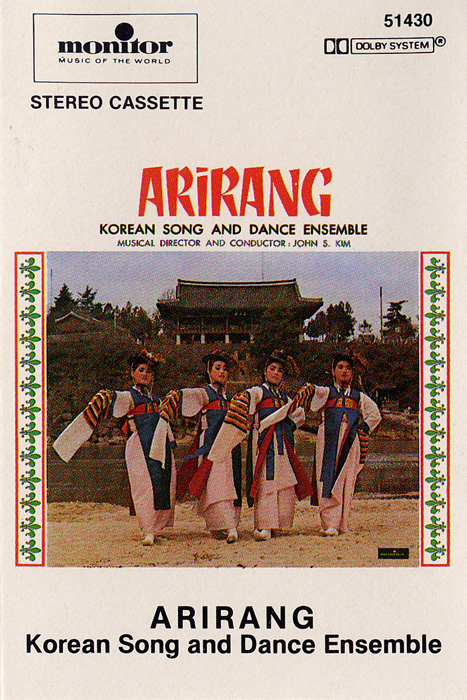
“Kang-Kang-Soo-Wol-Nae”
from Arirang: Korean Song and Dance Ensemble MON00430
- Play a recording of "Kang-Kang-Soo-Wol-Nae," also known as "Ganggangsullae," in a more traditional Korean style than the recordings in the previous lesson. Ask students to listen and find repeating (response) sections.
- Discuss how musical interest arises when there are repeating (response) and contrasting (call) sections. This will help students recognize that the refrain, "Kang-Kang-Soo-Wol-Nae" or "Ganggangsullae" is melodic, while the contrasting sections are in a recitative or narrative style.
- Listen to the refrain in "Ganggangsullae" several times and ask students draw the line of tremelo, depicting both straight and falling pitches. This visual depiction will help students to perceive the characteristic of the Namdo folksong's mode by visualizing it through kinesthetic gesture. See a drawing sample of "Ganggagsullae" response below.
- Show the notation (below) and demonstrate the singing technique of each pitch in the Namdo folksong's mode. These articulations, elaborations, and techniques are critical to the proper portrayal of the music.
- Once the students have learned to sing the four-pitch melodic phrase properly (featuring the name of the dance, "Ganggangsullae") invite students to create new lyrics to the melodic response, such as "Have a good day", "How are you now?", "Happy birthday", "Will you go there?" etc.
Evaluation: Students should be able to (1) sing the refrain melody of the Namdo folksong mode with the unique articulation of the pitches, and (2) carry those pitches of the Namdo mode into the creation of new lyrics.
Lesson Segment 3: Sing and dancing a Korean call-and-response form
- Show students an internet video clip of "Ganggangsullae" performed in Namdo folksong mode (the same as used in Lesson 2) to ensure that they hear the exchanging song style of solo (call) and group (response). Ask students to identify who is singing Ganggangsullae (Answer: a group, in response to a solo singer).
- Ask students to compare the solo (call) and group (response) in the following manner:
|
Refrain |
Solo |
|
|
Singer(s) |
Group
|
Leader-Soloist (individual)
|
|
Style |
Melodic, with elaborated pitch
|
Spoken, with no sustained pitches
|
|
Form |
Repeated melodic and lyric phrases
|
Variable rhythms connected to speech, changing lyrics
|
- Describe the performance and song. Traditionally, this dance is performed only by women at night without any instruments, especially during a full moon. Young and old women go outside, hold each other's hands, make a circle, and step clockwise. The lead singer initiates a call and the group sings the refrain or response, "Ganggangsullae". The song tempo becomes progressively faster as the song and dance carry on, with the lead soloist expressing personal hardships, relationships, and desires. The role of lead soloist can change, so that the expressions of various women can be heard and supported by the sung response.
- Review the purpose and source of the music and dance. They are thought to have originated 5,000 years ago, when the Koreans believed that the Sun, Moon, and Earth controlled the universe. It is speculated that people may have danced under the brightest full moon(s) of the year in order to wish and pray for a good harvest, a bountiful life, and other dreams and desires.
- Have students create lyrics related to a communal or personal wish, to be performed one after another, each followed by a sung response. The lyrics can be spoken or, even better, chanted in a rhythmic (but unpitched) manner. The standard rhythm can be agreed-upon, such as / / // / or // // // / . It can also vary, slightly.
- Have students join hands and move clockwise in an even step while the soloist chants his/her wishes and the groups sings their response.
Evaluation: Students should be able to: (1) identify the singing style of Ganggangsullae; (2) Create a song in a similar style; and (3) perform the sung and spoken parts of the song while stepping together in a circular dance.
"Ganggangsollae" Song in Namdo Folksong Mode






